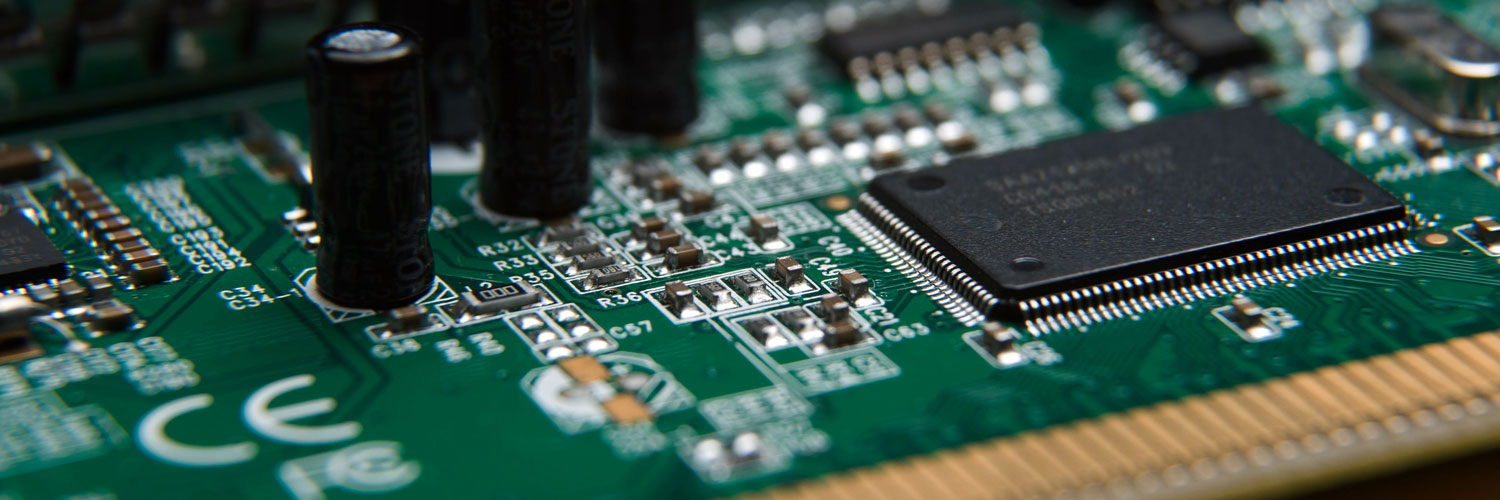How does one decide on regular control or embedded control? Generally that is determined by the configuration of the machine and desired function.
EMBEDDED CONTROL
If you are dealing with a small relatively simple process that does not require a lot of processing power and integration with other systems, embedded control will work very well. Embedded control is best suited for stand alone devices that do not rely on other systems for operation or direction. Embedded control is cost effective and highly efficient when done correctly. If you are dealing with small(er) motors, a few outside interlocks, and a one job, one machine configuration, then embedded is a good choice. It is also a natural choice when you plan on making multiple copies of the same machine. Scale of manufacture has a direct bearing on price. A one off, probably isn’t worth an embedded system. A few thousand copies – well, that another story. Embedded systems can also go where off the shelf systems were never meant to go. This includes highly volatile atmospheres, rugged life requirements, and special circumstances surrounding machine operation.
STANDARD CONTROL
If you are dealing with multiple machines that need to be controlled from one place, complex processes, integration with outside systems, or the need to access the control for maintenance and repair, then standard systems are better fits. This includes conveyor systems ranging from one conveyor in a line to multiple systems all running together. If you need a central control that can be accessed by operators and maintenance personnel, then the standard approach is probably more cost effective. If you are dealing with a one off system, then standard control is most likely the most cost effective. If the system must report on progress, or integrate to factory information systems, the embedded system will probably not work as well as a standard system.
HYBRID CONTROL SYSTEMS
In some circumstances, for a simple process or multiple machines that must work together, hybrid systems can also work. A classic example is the motor with a built in VFD. That is an embedded system that integrates with a central control, usually by Ethernet for direction on when to run and how fast. This can be carried out to an extreme level with CAN Buss or Device Net connections to push buttons, pilot lights, and peripheral devices on a line. The main control holds only the controlling PLC or PAC. Hybrid systems are cost effective when installation costs would be high for a
particular installation. We have also seen this approach used; well because the client could. It wasn’t particularly economical, or cost effective, but the sales department loved to show off the line as a “networked” system.
Check our blog pages for more as we occasionally post on this subject
